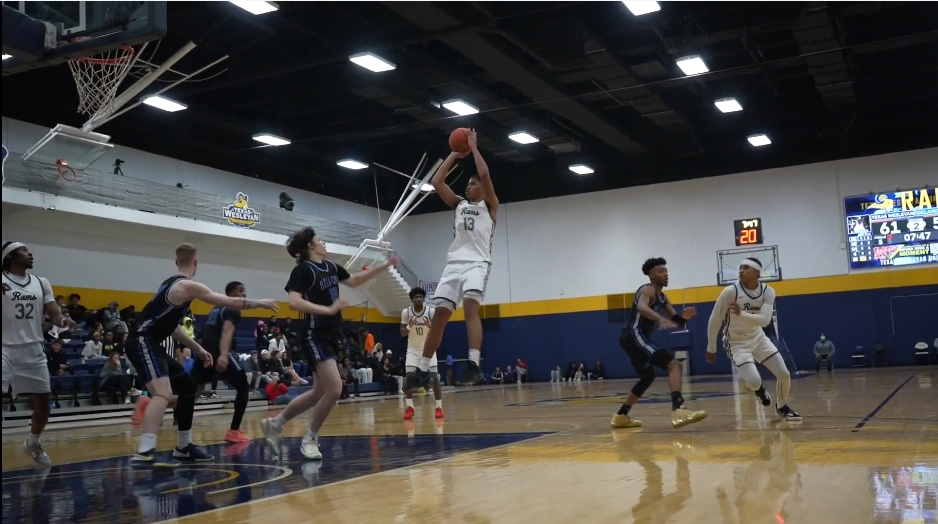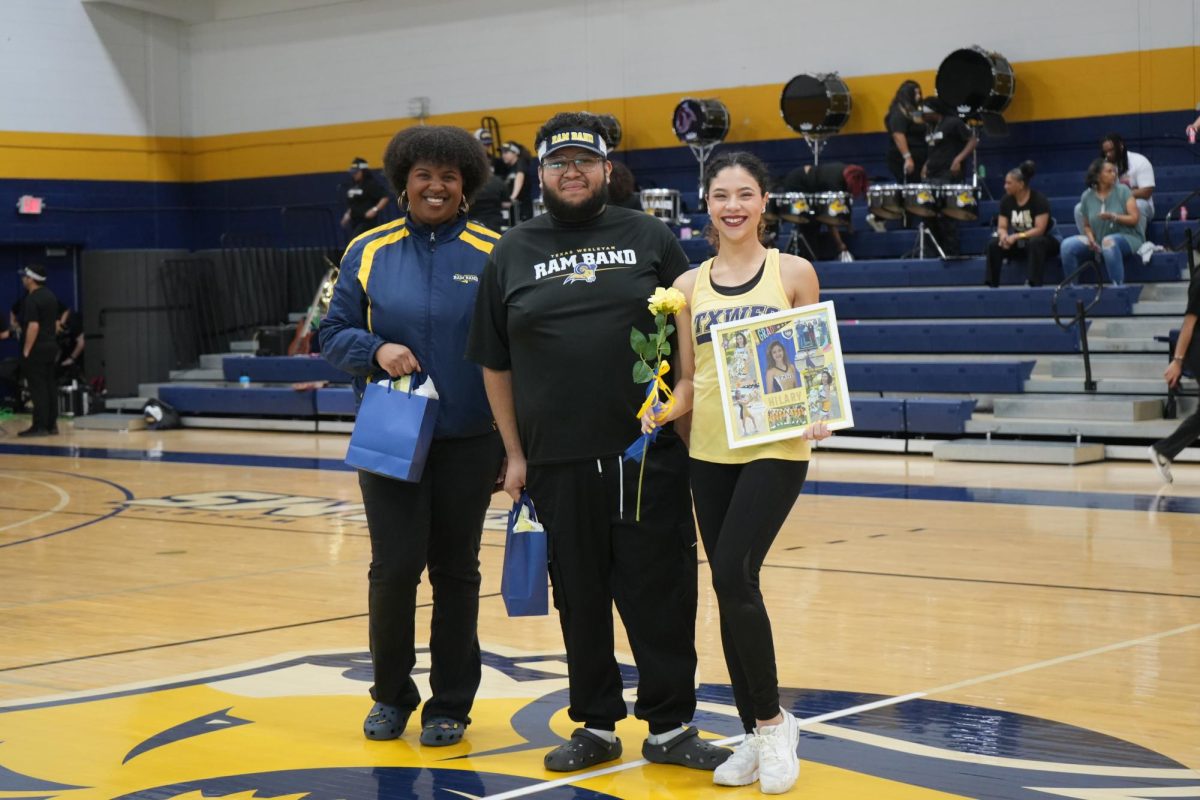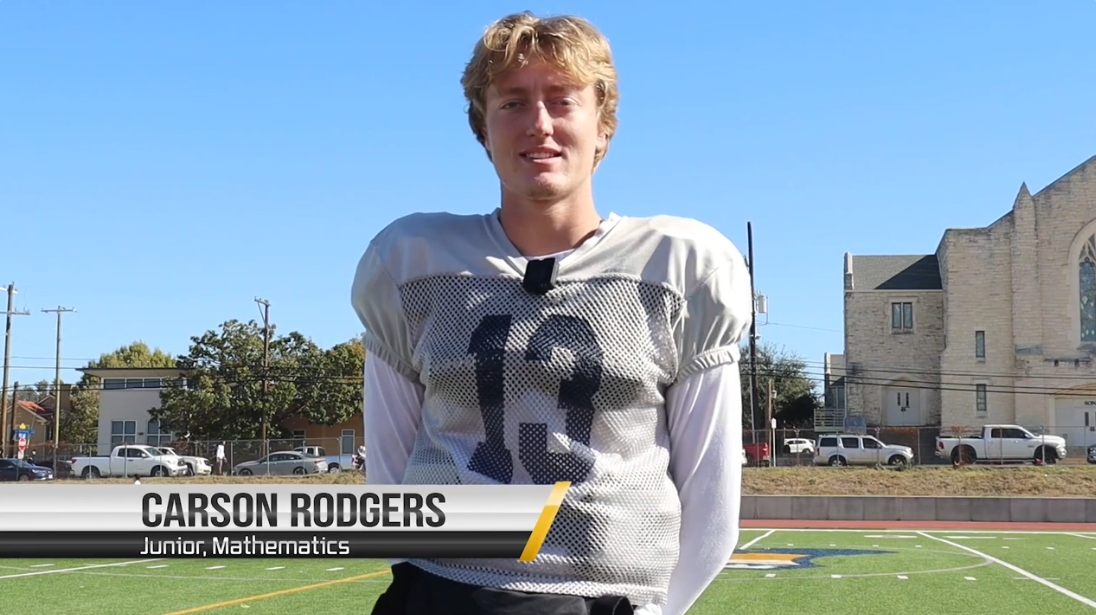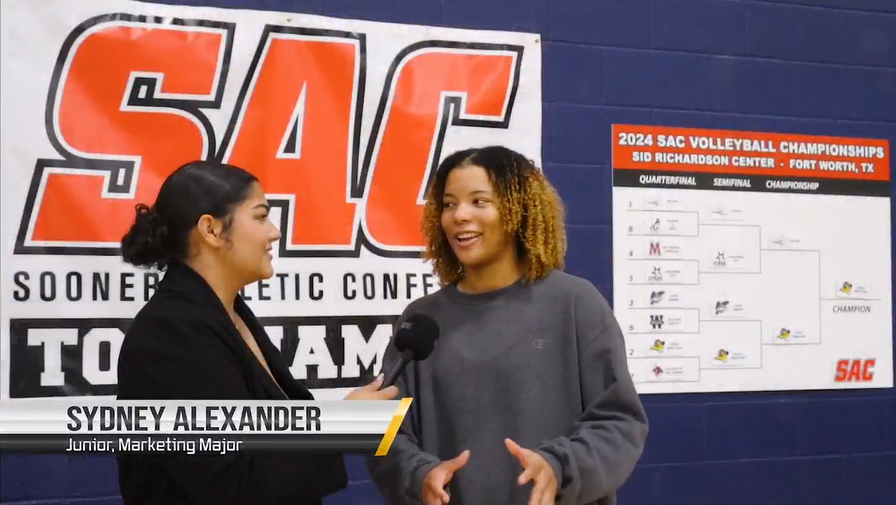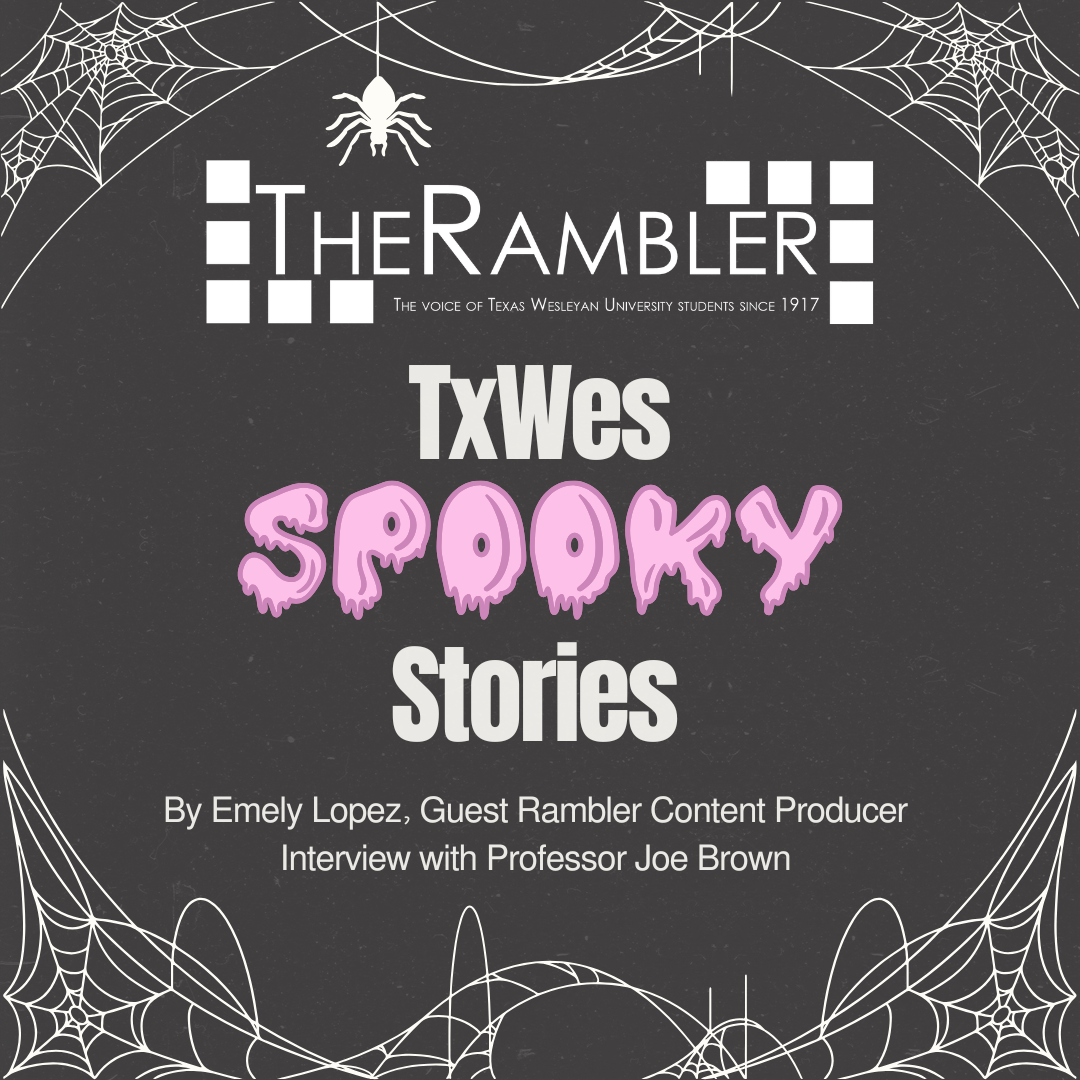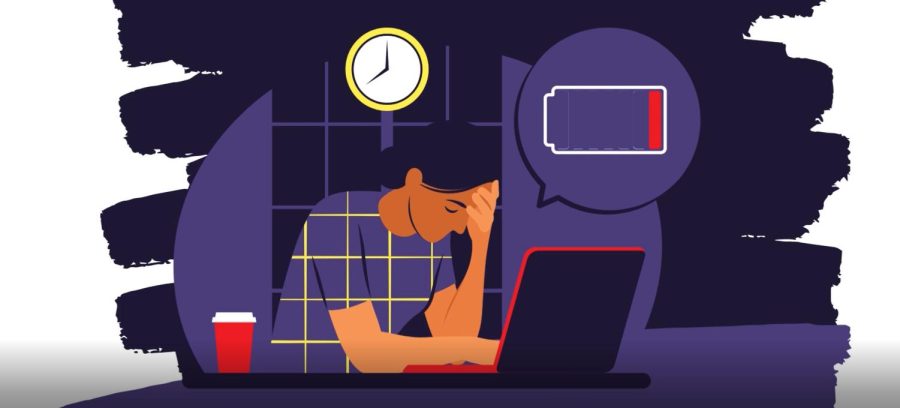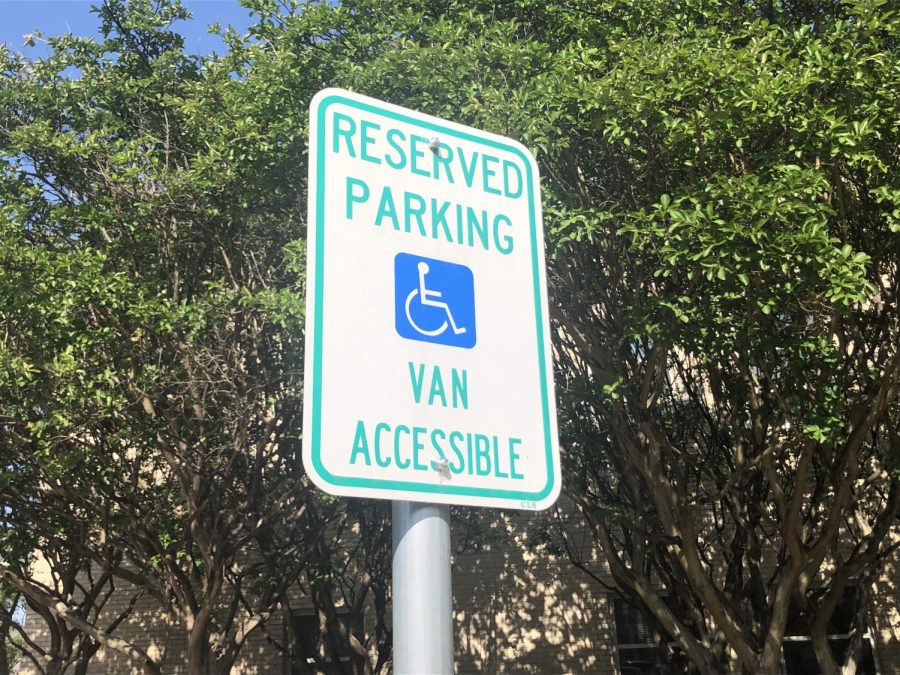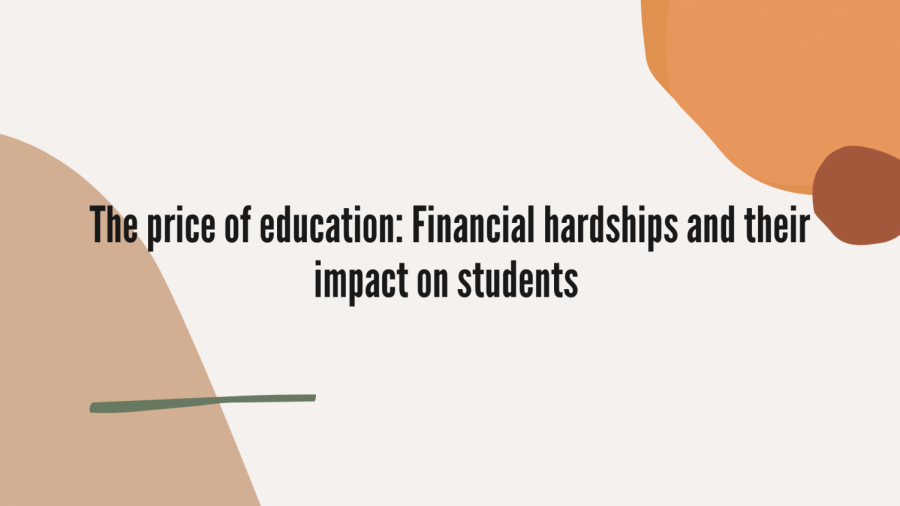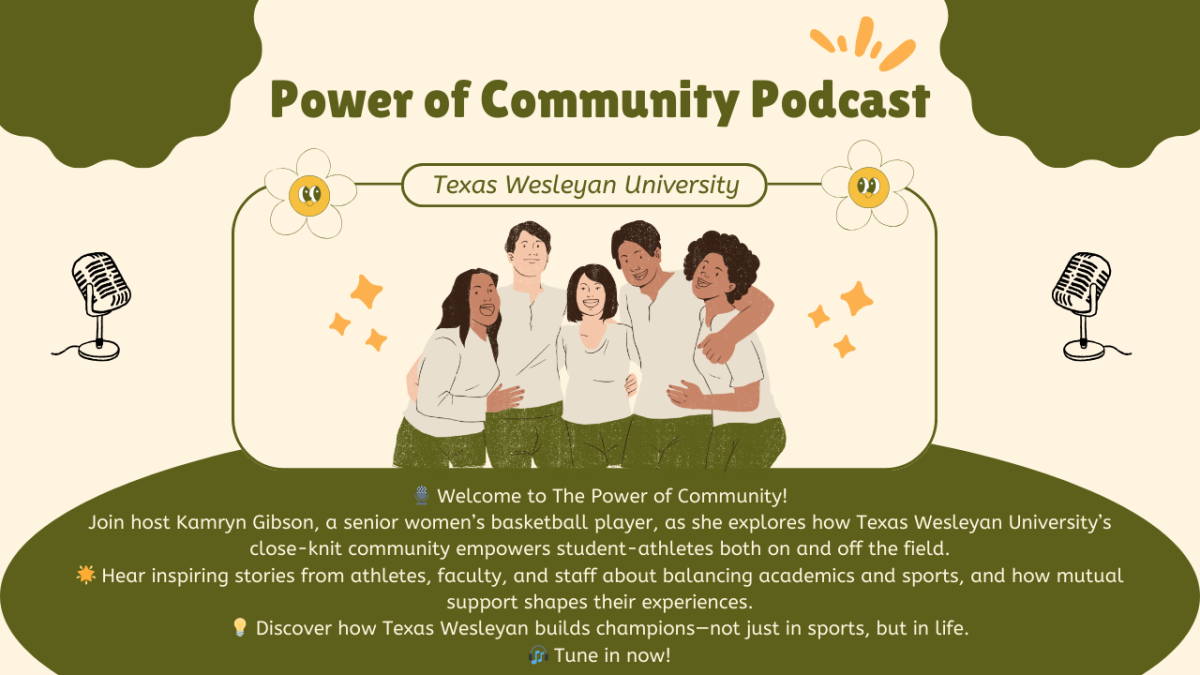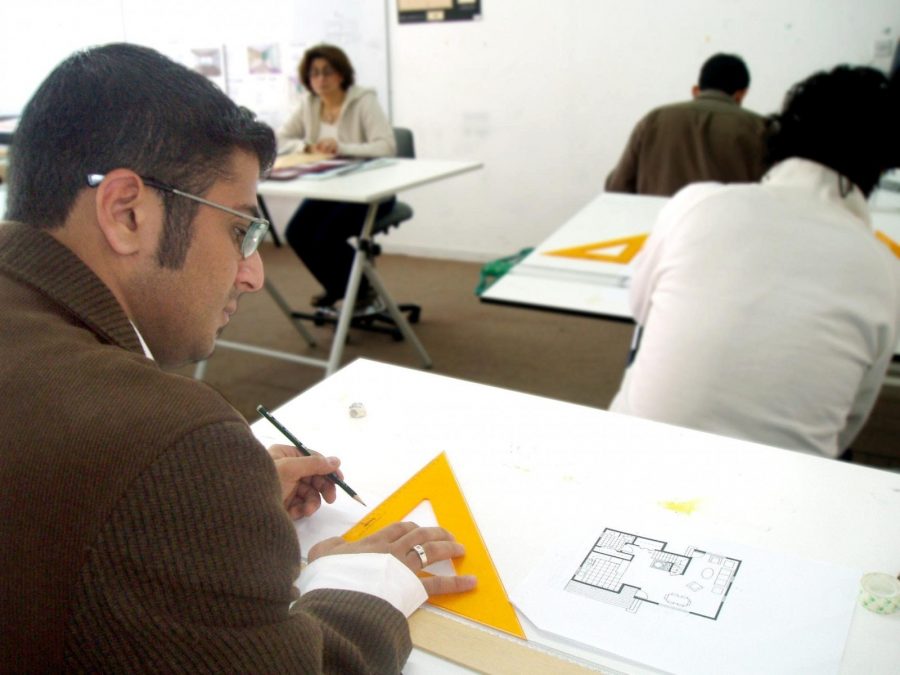The definition of a “typical” college student is no longer an 18-to-22-year-old who lives on campus and has attended the same university all four years.
Colleges are now starting to see a rise in nontraditional students. Approximately 75 percent of undergraduate students are nontraditional, according to the National Center for Education Statistics (NCES).
According to NCES, a student has to have one of these seven characteristics to be considered nontraditional: 1. Did not immediately continue education after high school. 2. Enrolled part time. 3. Work full time (35 hours or more per week). 4. Financially independent. 5. Have children or dependents other than a spouse. 6. A single parent. 7. Have a GED, not a high school diploma.
Lori King Nelson, 56, a senior comparative religious studies major, is a nontraditional student at Texas Wesleyan.
In 2011, she re-enrolled in college after 20 years.
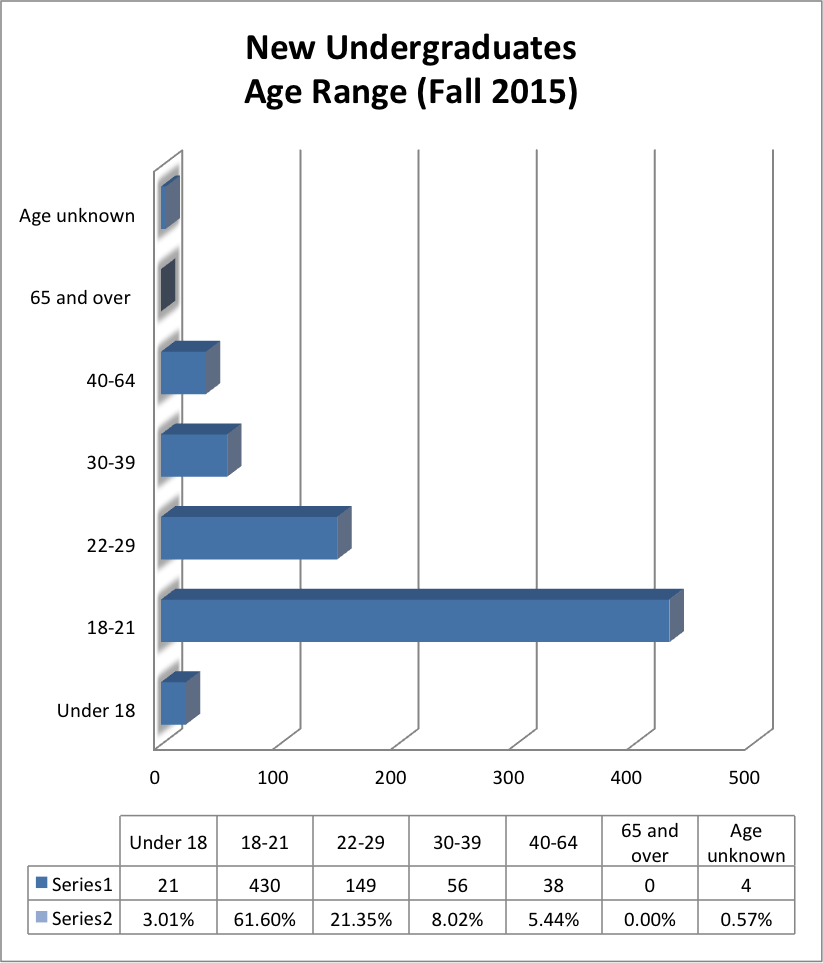
“I started back at TCC with no plans. I just needed something different,” Nelson said.
Nelson said she was president of the Phi Theta Kappa chapter at TCC and applied for the Jack Kent Cooke Foundation Scholarship, which landed her at Wesleyan.
Out of the 3,700 applicants for the scholarship, only 87 were chosen.
“I was accepted to TCU and Columbia, but I chose Wesleyan for the comparative religion degree and both my daughter and son already attended Wesleyan as well,” Nelson said.
This year, Wesleyan’s admissions profile shows that the average age of enrollment for a full-time student is 27.1 years, which is up from 26 years as of fall 2014.
For part-time students, the average age is 30.3, down from 30.5 from fall 2014.
Steven Witt, regional recruiter, and Amy Orcutt, transfer admissions counselor, said they do not have any particular students they recruit.
“We are not looking for any type of one student; but, as of fall 2015, admissions has accommodated a transfer friendly education process that does accept more credit hours for those wanting to return to college,” Orcutt said.
Witt said that the administration has been making changes to help accommodate nontraditional students.
“Luckily our administration has also done a lot to make us accessible for transfer students and nontraditional students with the scholarships that are offered and programs like the Transfer Friendly Liberal Arts with Education,” he said. “This allows us to take more credits of elective in an education degree of a transfer student and will allow them to get out of school a little quicker instead of having them do everything as a freshman.”
Orcutt said that the admissions team works to make sure they are available for students when they are recruiting at different colleges.
“Anyone who is looking at Wesleyan and is looking for the small environment that we offer is going to be a good fit,” Orcutt said. “We are trying to change the perception to students that think if they have transferred around a lot, or if they are past a certain age that they can’t go to a private school.”


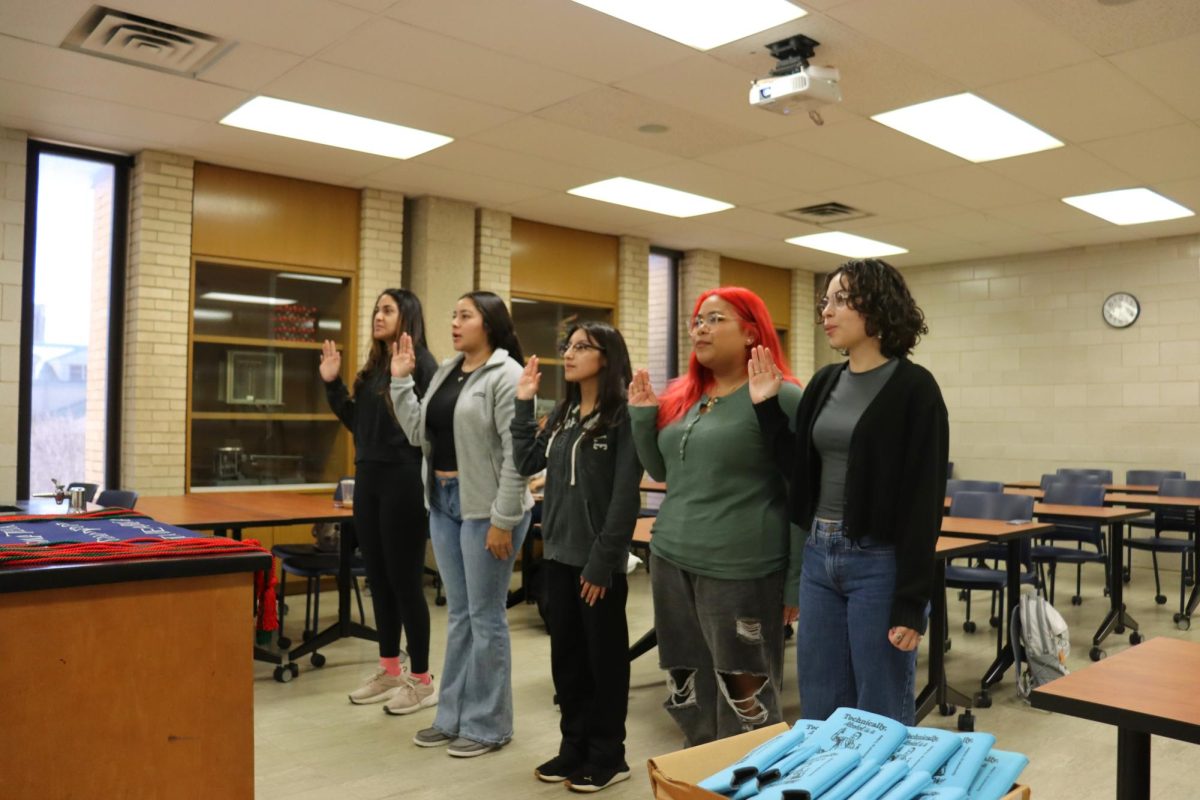
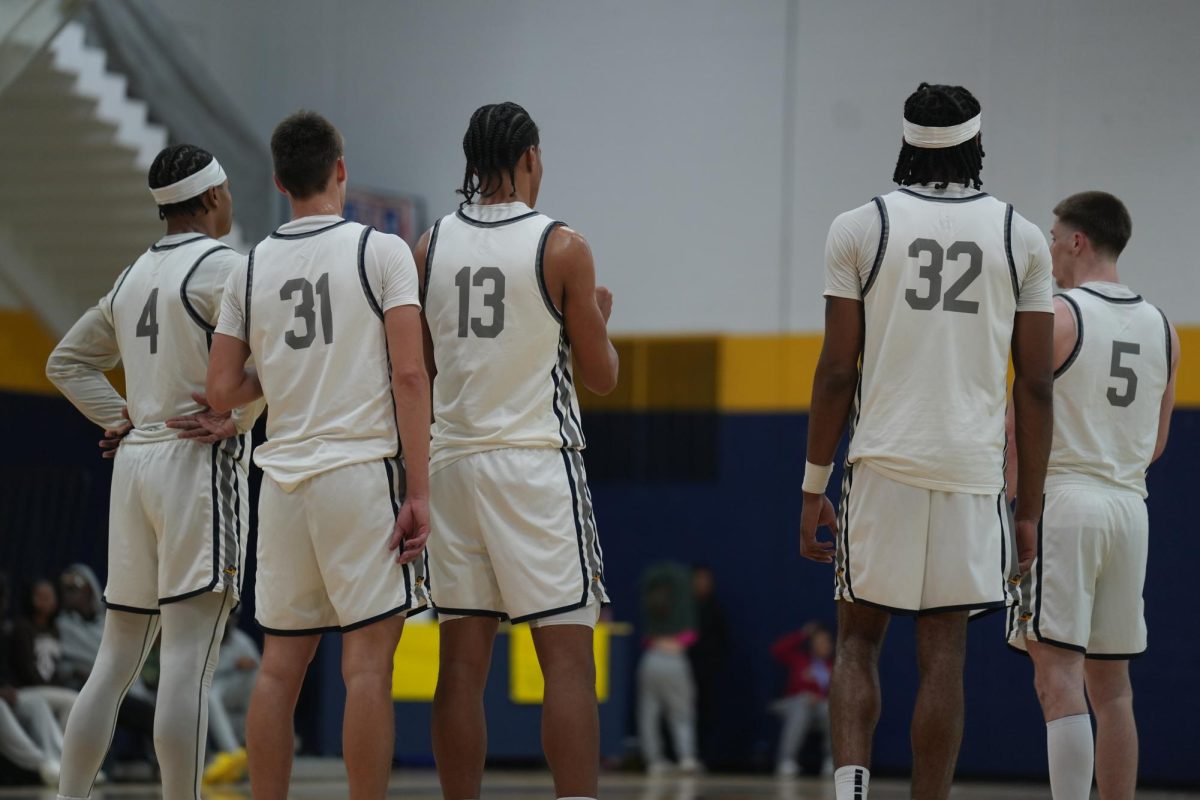
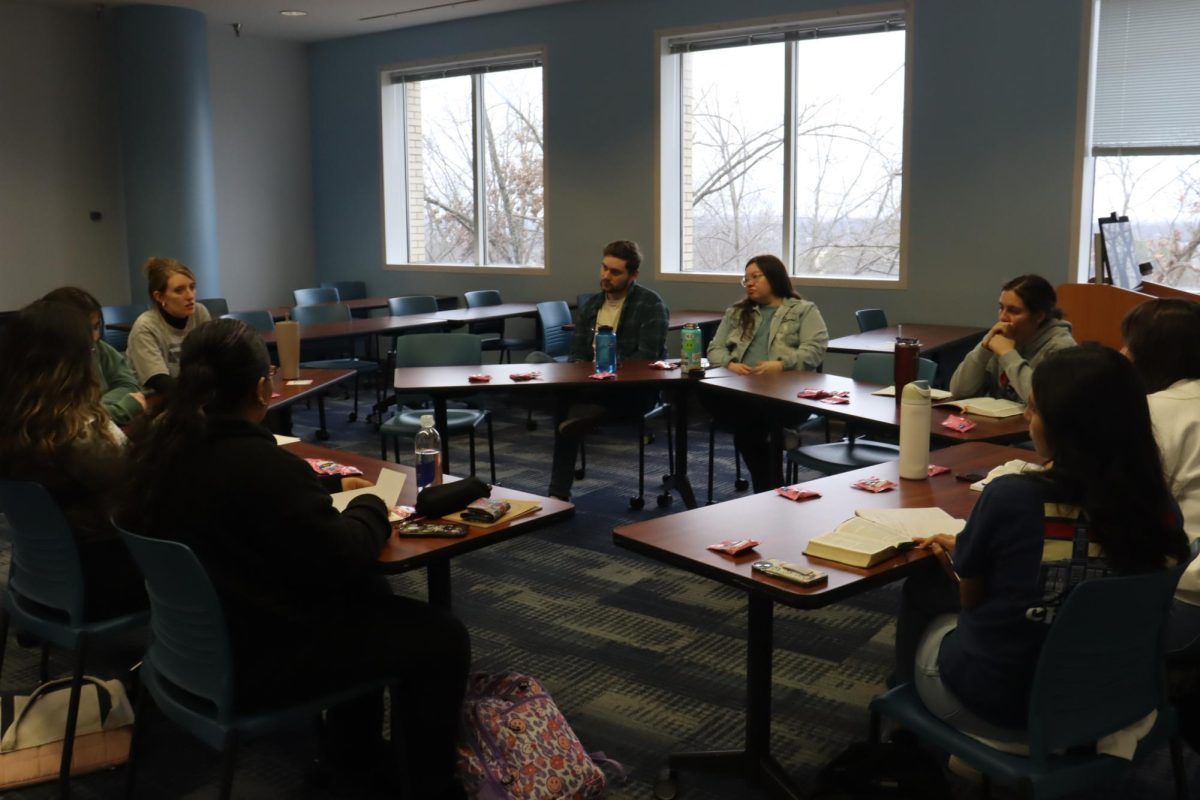

![Harriet and Warren, played by Trinity Chenault and Trent Cole, embrace in a hug [Photo courtesy Lauren Hunt]](https://therambler.org/wp-content/uploads/2025/02/lettersfromthelibrary_01-1200x800.jpg)

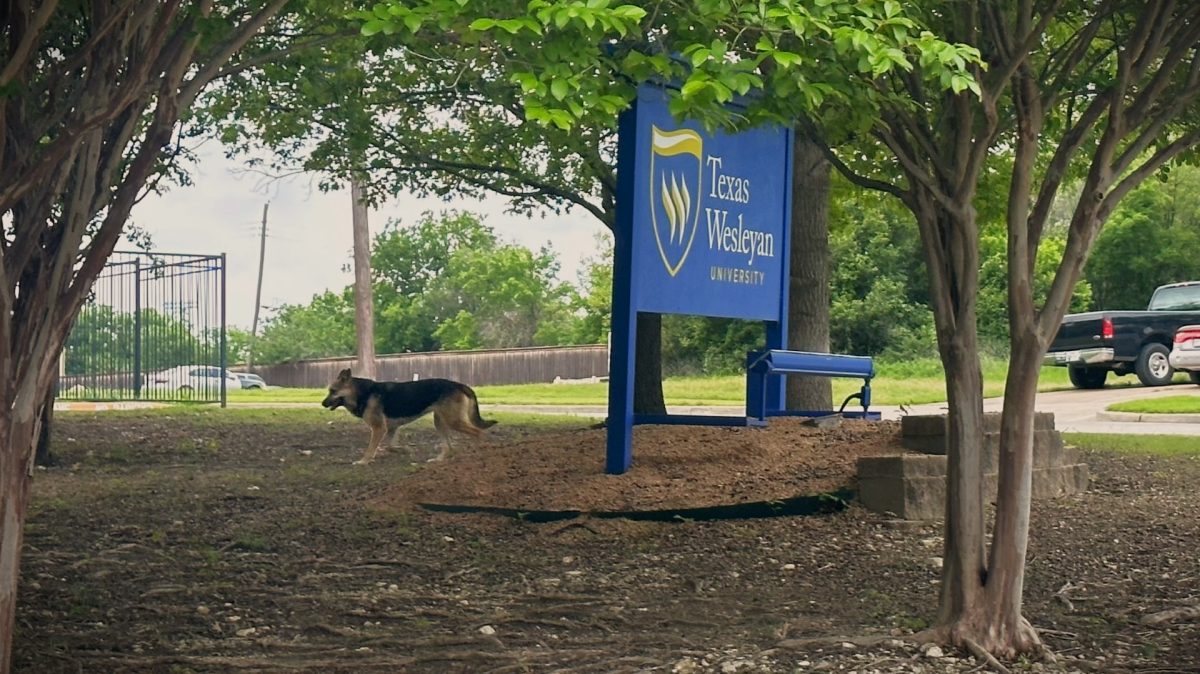

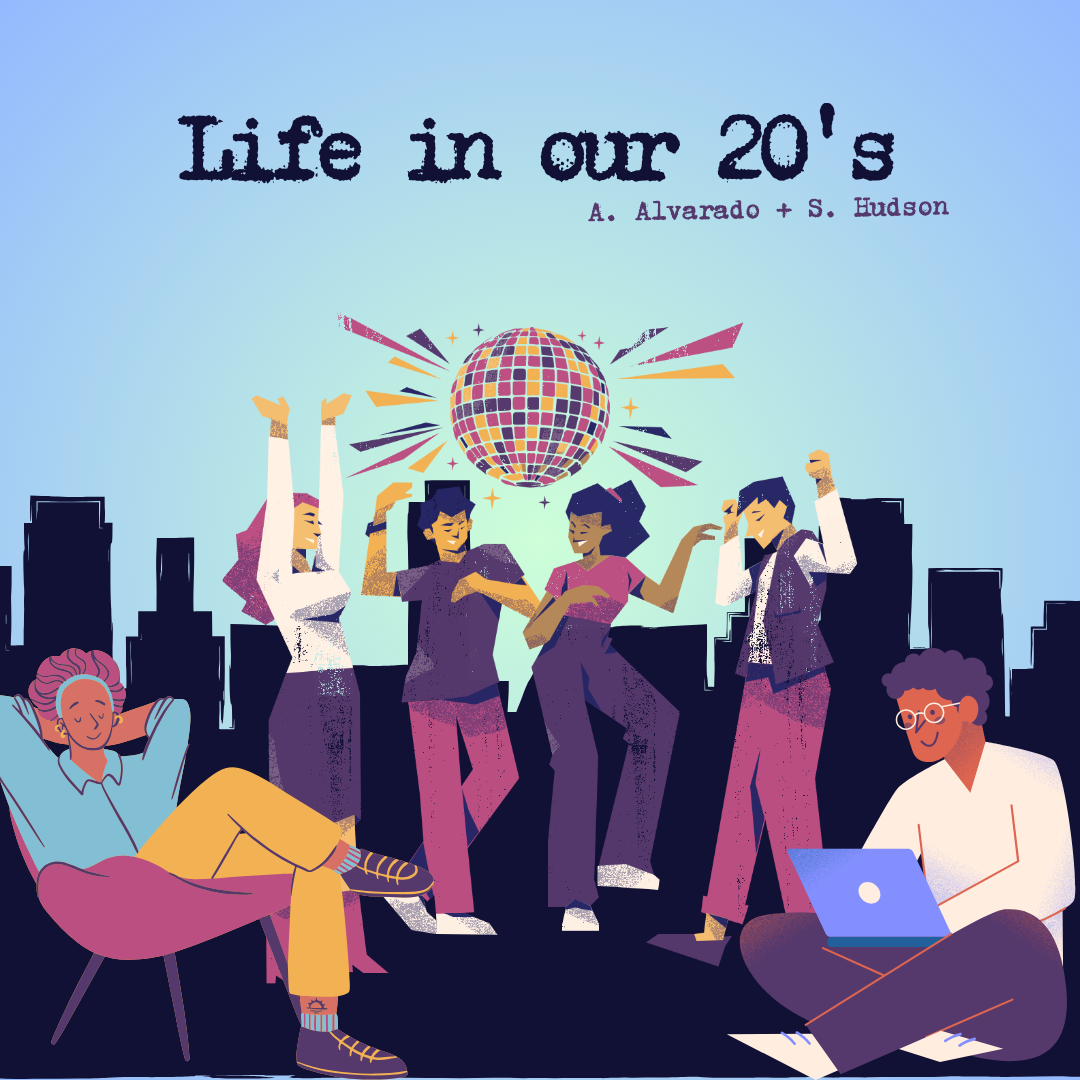
![Lady Rams softball sweep Langston Lions in first SAC Doubleheader [2 – 0]](https://therambler.org/wp-content/uploads/2025/02/SoftballLions.png)
![The women's golf team celebrates their first place finish in the Battle at Winter Creek tournament on Oct. 15, 2024. [Photo courtesy Jose Sanchez]](https://therambler.org/wp-content/uploads/2025/02/womensgolf01.jpg)
![Senior business management and marketing major Emily Lewis and Senior biology major Emily White practice during the 2024 season. [File photo]](https://therambler.org/wp-content/uploads/2025/02/Outlook-sqe2ibat-1200x800.jpg)
![Trinity Chenault, the play's lead, reads through her script during a rehearsal for "Letters from the Library". The production explores untold stories through the power of letters. [Photo courtesy Lauren Hunt]](https://therambler.org/wp-content/uploads/2025/02/Photo-1-1200x800.jpg)
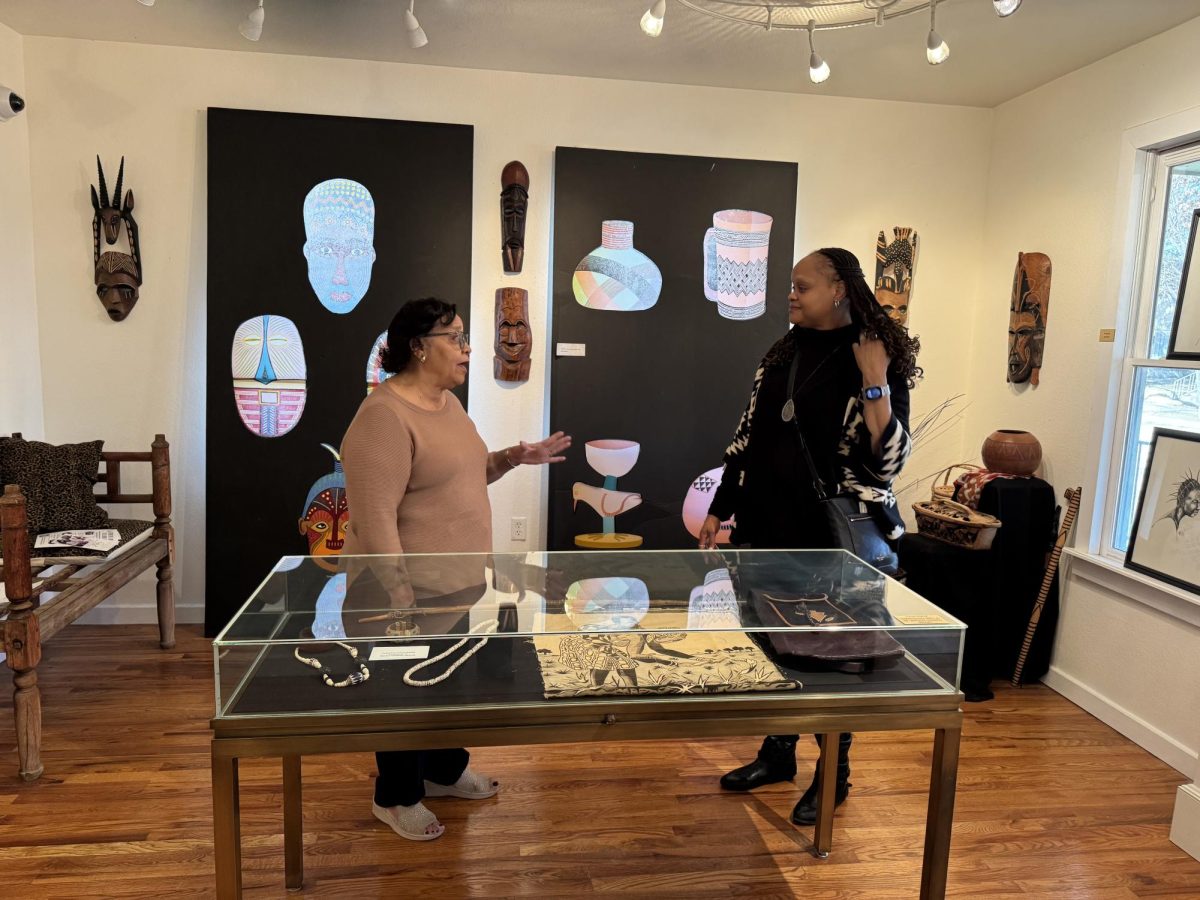
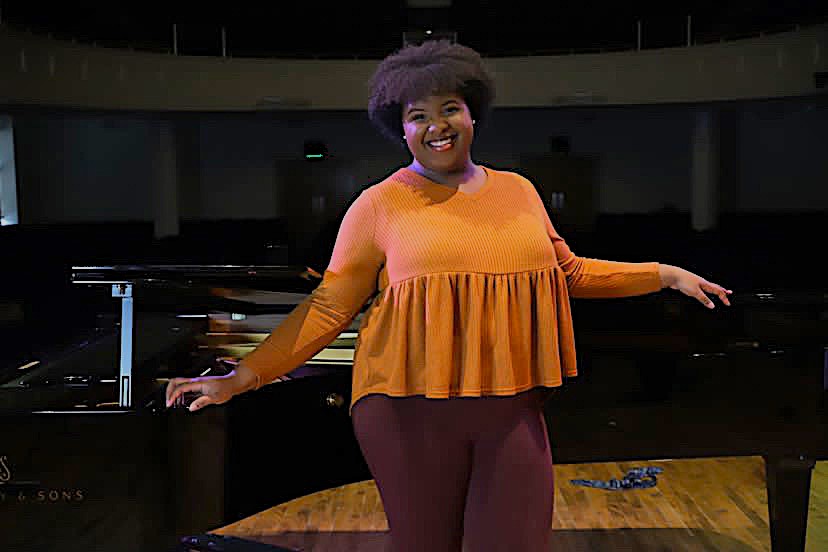

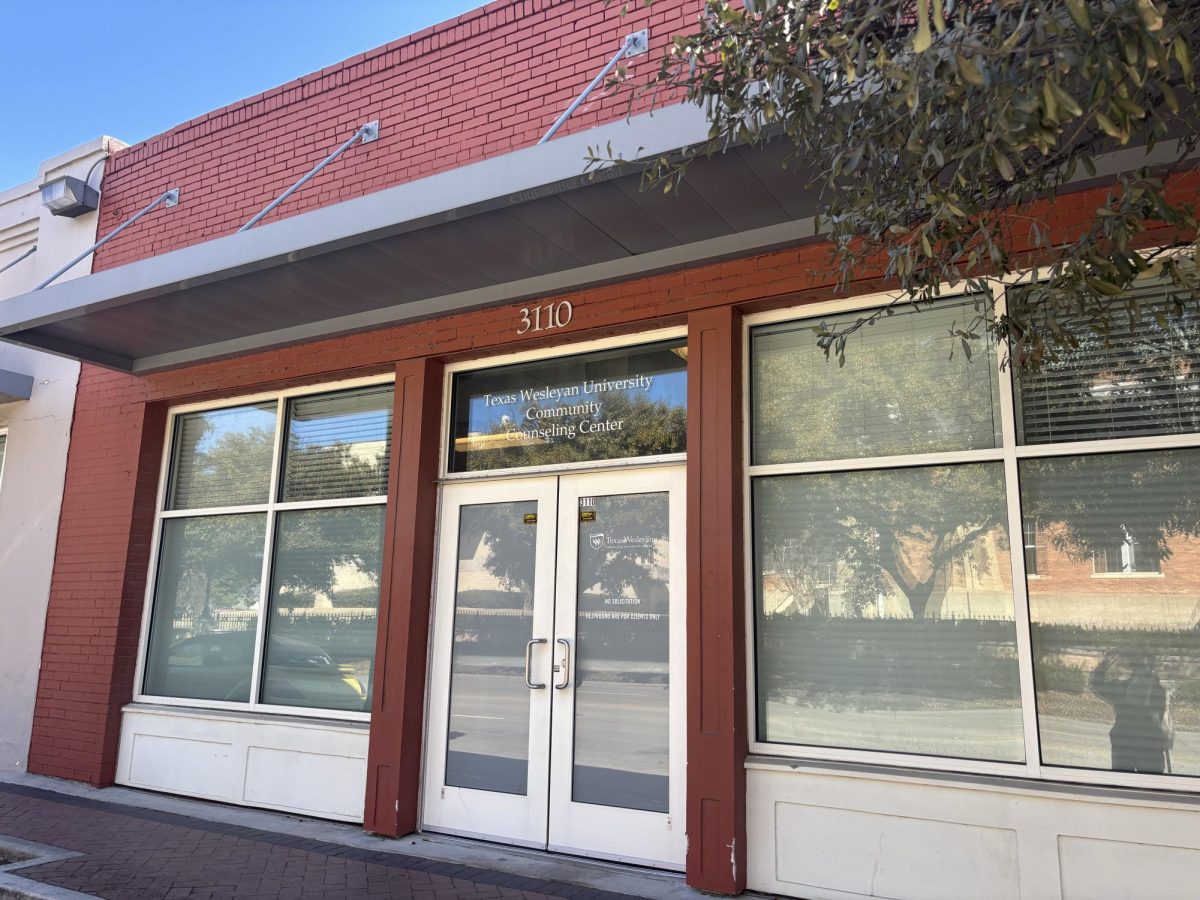
![Tamika Johnson beams with her signature smile, a reflection of her passion and positivity at Texas Wesleyan University. [Photo courtesy Tamika Johnson]](https://therambler.org/wp-content/uploads/2025/02/Tamika-Johnson-Photo-1.jpg)
